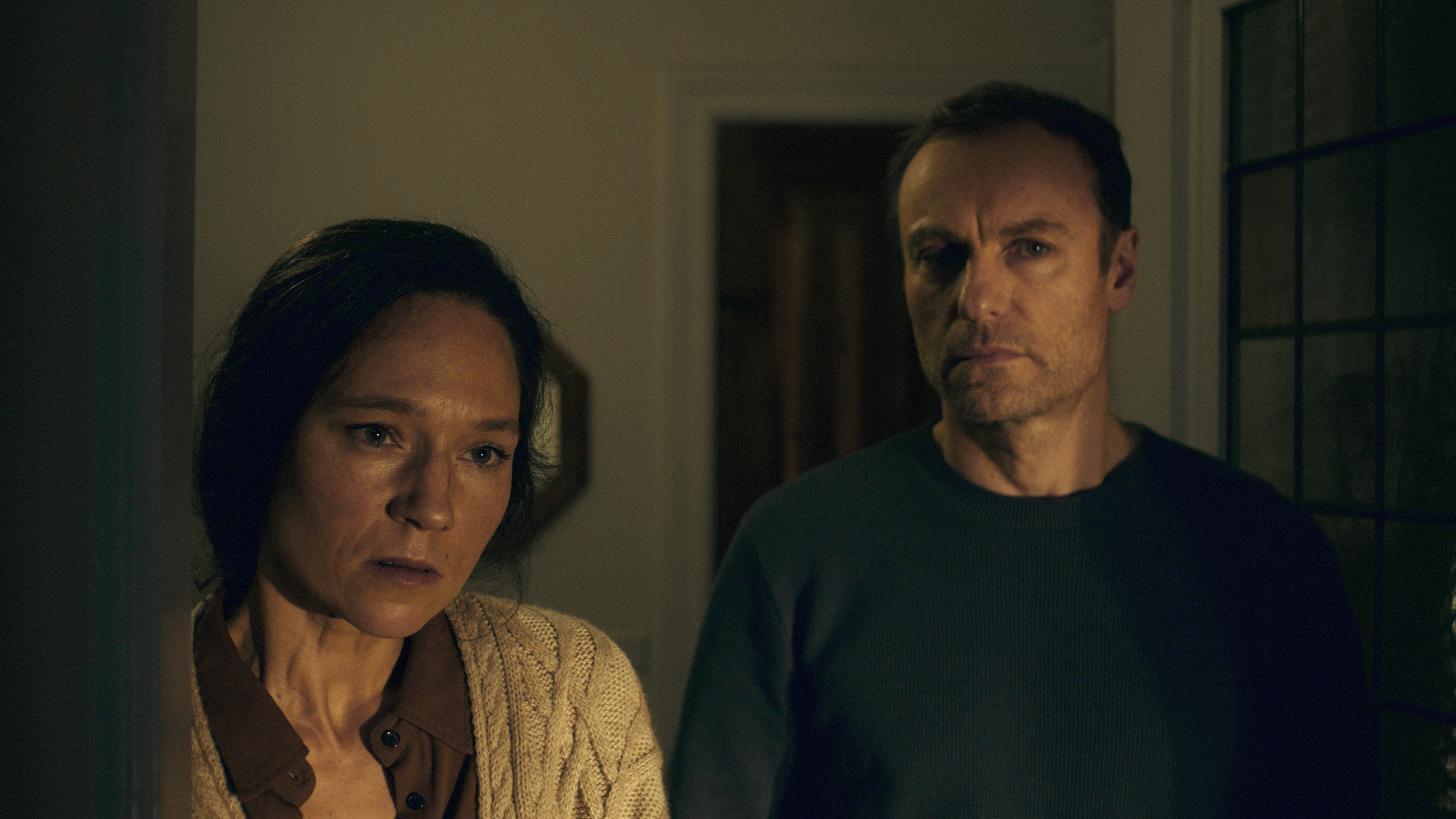
What are the limits of the traditional (white) nuclear family? By pure coincidence, two films from this year’s Sundance investigated the breakdown of the nuclear family in ways that seemed to reflect the socio-cultural dynamics of an increasingly fractured 21st century life. Is the nuclear family in crisis? It’s hard to say. But in American indie “John and the Hole” and “German / Italian / Denmark Human Factors,” both of these families seem to be buckled under the weight of their own illusions.

In “John and the Hole”, director Pascual Sisto and writer Nicolás Giacobone adapt Giacobone’s 2010 short story of a teenage boy who decides to hold his parents, and older sister, in a hole bunker in family backyard. The catalyst for John’s decision is unclear. There really is no exciting moment. As the family stays captive, John periodically delivers food while performing a perverted version of adulthood above ground. By positioning John as the perspective from which the film originates, Giacobone’s script might suggest something of a character study. Except, though filtered through his perspective, few “John and the Hole” attempt to engage in any definitive investigation of his main character. Despite the film’s setting as a coming of age drama, John’s level of self-awareness is limited.
Thirteen-year-old Charlie Shotwell, who is on screen for most of the film’s running time, carries John’s refractivity on his shoulders. And it’s a well-modulated performance, even if it’s in a movie that doesn’t seem to be going anywhere. If “John and the Hole” is to exist as an investigation into family life, the family dynamics need to be better established. Shotwell is supported by an outstanding cast, with Michael C. Hall, Jennifer Ehle and Taissa Farmiga as his increasingly baffled family members, but the film’s perspective on who they are is too vague to register.
There are many formal discussions in the aesthetics of the film. Paul Özgür’s 4 × 3 cinematography does some interesting things with distance and perspective and Jacqueline Abrahams’ production design effectively captures the coolness of the family’s middle class. But what does this support? What does the film have to say about anything? It is difficult to discern what “John and the Hole” really wants to communicate to its audience. Could it be a summary on the beginnings of sociopathy? An initial perspective on how male (white) privilege comes to manifest itself? An indictment of suburban malice? It could be all of those things. And it could be none of those things, which attests to the film’s inability to set up its own stakes. Before a film works as an allegory for something bigger, it needs to work on its own terms. But the middle of “John and the Hole” feels too empty to engage with.

“Human Factors” does better by offering a true perspective to his cracking family. Ronny Trocker, who writes and directs, presents the film as a family tackling an invasion that went wrong. Except, “Human Factors” is not a thrill of invasion, even as the film’s aesthetics play around with this genre for some key moments. As we watch Nina and Jan try to navigate their family’s reaction to the invasion, the film builds. Beyond genre, investment in all members of the quartet family unit as individual features and that bodes well for this sort of something-not-quite-right drama. “Human Factors” are extremely insightful in building mood. Atmospheric inaccuracy signals to us even before the story establishes how or why that inaccuracy pervades. There is something wrong with this family. Is the inaccuracy specific to them? Or is something more amiss?
The answers to these questions provide compelling moments as “Human Factors” does not present the investigation as a mystery to solve, but rather flows into the perspective of the whole family – mother, father, daughter a teenager and a pregnant son – as they all discuss. their own place in the family. When a gay couple arrives in the form of Nina’s brother and partner, the film seems to capture different partnership ideas in ways that feel too specific not to unpack. It is that sharp form of awareness of how the nuclear family interacts with the world within and without its perspective that makes “Human Factors” feel so incredible.
Trocker is extremely thoughtful about family dynamics and the things we fear, but the film is also intelligent enough about things beyond their interest in the dynamics of this particular family. A workplace dispute between the lead couple includes an excellent scene of blocking. Sabine Timoteo gives the film’s best performance as Nina, and shines opposite Mark Waschke’s icy Jan. Their scenes together echo at the limits of marriage with an emotional intelligence that feels both deserved and grateful. Klemens Hufnagl’s cinematography might be Trocker’s best asset in building tension as the camera moves from accessory to attacker, illuminating things that the characters would prefer to ignore.
“Human Factors” are relentless, but no concerted effort should be perverse. Instead, the constant concentration of his play takes its time to put us at the forefront of these particular people and their ideologies. If there is any subtext to take from Human Factors, and the film is too deliberate in its moments not to be, they are peripheral to the text’s own burdens. Discussion of masculinity? Concerns about foreignness? Risk of progress? Titbits are jarring, and any number is possible but by clarifying its focus on the textual elements “Human Factors” speaks to a larger world with thoughtful energy.
“Human Factors” premiered at the 2021 Sundance Film Festival as part of the World Cinema Dramatic Competition. John and the Hole premiere at the Sundance Film Festival as part of the US Dramatic Competition.